Tortoiseshell cats, often admired for their captivating coat patterns, stand out as one of the most intriguing feline species in the world of domestic companionship. While they may not constitute a distinct species themselves, tortoiseshell cats boast a unique genetic makeup that gives rise to their distinctive appearance. In this article, we delve into the enigmatic world of tortoiseshell cats, exploring the genetics behind their mesmerizing coat patterns and shedding light on their fascinating personalities. By understanding the complexities of tortoiseshell cat species, we gain deeper insights into the genetic mechanisms that govern their striking aesthetics and endearing traits.
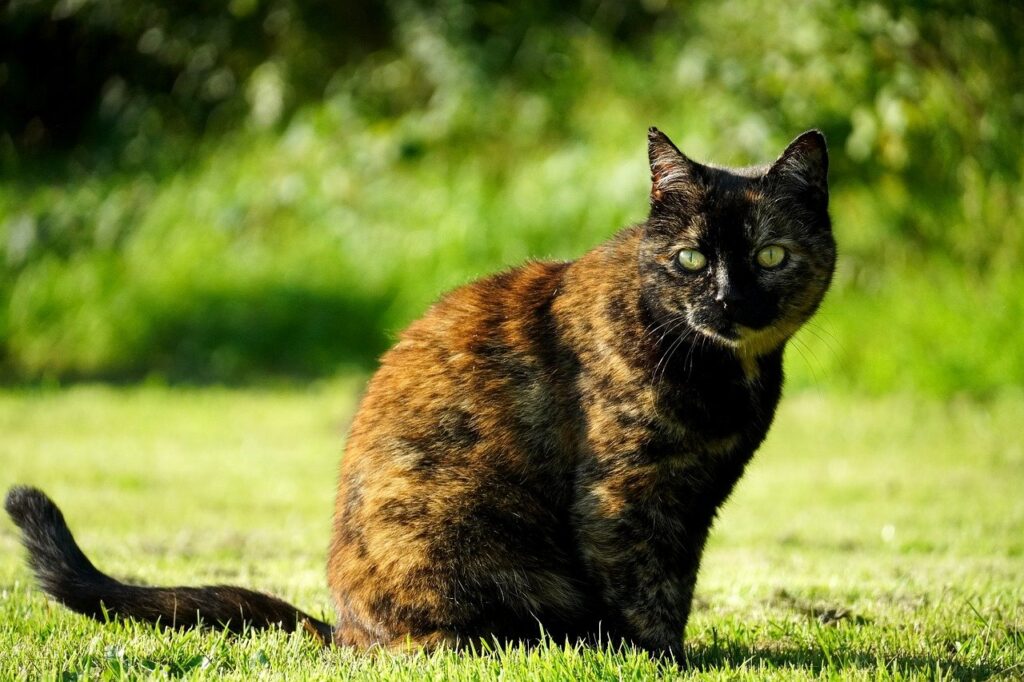
What Makes Tortoiseshell Cats Unique
Tortoiseshell cats are renowned for their unique coat pattern, characterized by intricate patches of orange, black, and occasionally additional colors, creating a stunning mosaic effect. Each tortoiseshell cat exhibits a one-of-a-kind arrangement of colors, with no two cats sharing identical patterns. This rarity highlights the individuality of tortoiseshell cats, making them truly unique and captivating companions in the world of feline diversity.
The Genetics Behind Tortoiseshell Coat Patterns
Tortoiseshell cats owe their distinctive coat patterns to a complex interplay of genetic factors, primarily influenced by their gender and chromosomal makeup. In female cats, a process called X-inactivation plays a crucial role in determining coat color. This process involves the inactivation of one of the X chromosomes in each cell, leading to the expression of genes from only one X chromosome.
The genes responsible for orange and black coloration are located on the X chromosome. Specifically, the allele for orange coloration is dominant, while the allele for black coloration is recessive. Female cats, possessing two X chromosomes (XX), have the opportunity to inherit both alleles, resulting in a combination of orange and black pigment expression.
The unique tortoiseshell pattern emerges from the intricate combination of these alleles on the X chromosome. As a result, patches of orange and black coloration form distinct patterns across the cat’s coat, creating the mesmerizing mosaic effect characteristic of tortoiseshell cats.
While female tortoiseshell cats are relatively common, male tortoiseshells are exceedingly rare due to their genetic makeup. Male cats typically possess one X chromosome (XY), making it unlikely for them to inherit the necessary combination of alleles for the tortoiseshell pattern. However, rare cases of male tortoiseshell cats do exist, often attributed to genetic anomalies such as Klinefelter syndrome (XXY), which results in the presence of an extra X chromosome.
Variations in Tortoiseshell Coat Patterns
Tortoiseshell cats exhibit a range of captivating variations beyond the classic orange and black pattern. One notable variation is the dilute tortoiseshell, characterized by softer hues of blue or gray intermingled with cream tones. These delicate color variations create a muted and elegant appearance that sets dilute tortoiseshells apart.
Another variation is the calico tortoiseshell, which features the traditional orange and black patches alongside distinctive white markings. These white patches add contrast and complexity to the overall coat pattern, resulting in a visually striking combination.
Environmental factors and selective breeding practices can also influence the expression of coat color and pattern in tortoiseshell cats. Factors such as diet, sunlight exposure, and overall health can impact the intensity and vibrancy of coat colors. Additionally, selective breeding programs may aim to enhance specific traits or patterns within the tortoiseshell coat, leading to the development of new variations over time.
The Personality Traits of Tortoiseshell Cats
Tortoiseshell cats are renowned for their vibrant and spirited personalities, which set them apart as cherished companions in the feline world. These cats often exhibit a unique combination of traits that endear them to their human families.
Feistiness, independence, and loyalty are hallmark traits of tortoiseshell cats. They possess a strong-willed nature and aren’t afraid to assert themselves, earning them a reputation for being spirited and determined. Despite their independent streak, torties form strong bonds with their human companions and display unwavering loyalty and affection towards them.
In addition to their spirited demeanor, tortoiseshell cats are known for their affectionate nature and their ability to form deep connections with their owners. They thrive on attention and affection, often seeking out cuddles and companionship from their human family members.
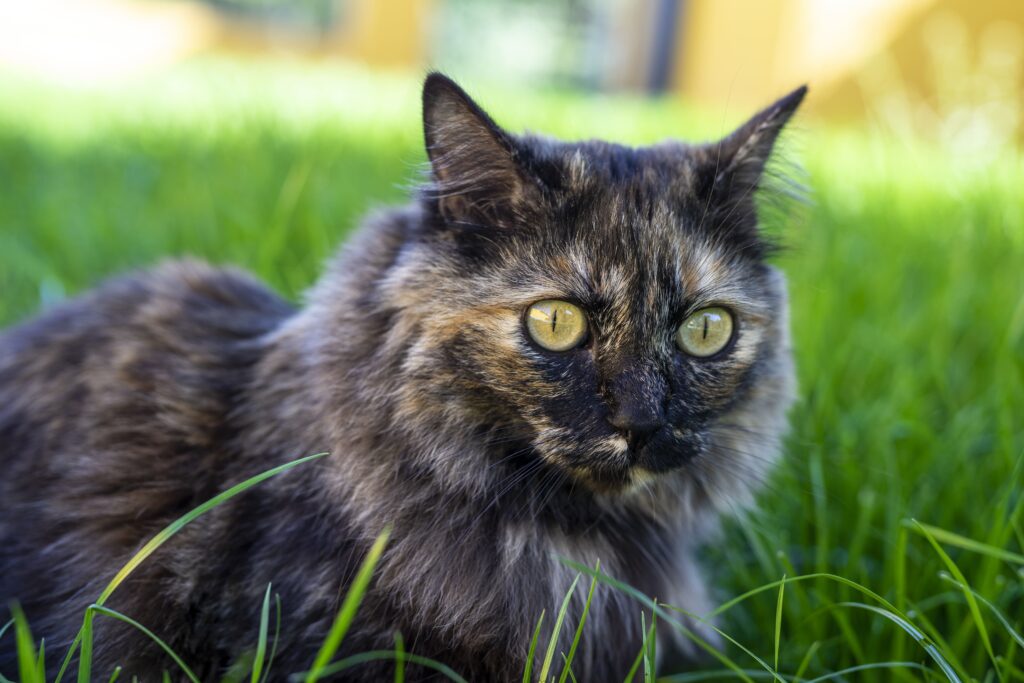
Tortoiseshell cats also exhibit intelligence and curiosity, making them engaging and entertaining companions. They enjoy interactive play and mental stimulation and are often eager to explore their surroundings and investigate new experiences.
Tips for Caring for Tortoiseshell Cats
Caring for a tortoiseshell cat involves meeting their physical, emotional, and mental needs to ensure they thrive and lead fulfilling lives. Here are some practical tips for providing the best care for your tortoiseshell companion:
- Balanced Diet: Ensure your tortoiseshell cat receives a balanced and nutritious diet tailored to their age, weight, and health needs. Provide high-quality cat food rich in essential nutrients, and ensure they have access to fresh water at all times.
- Regular Grooming: Due to their dense fur, tortoiseshell cats benefit from regular grooming to prevent matting and minimize shedding. Brush their coat gently several times a week to remove loose hair and distribute natural oils, keeping their coat healthy and shiny.
- Environmental Enrichment: Create a stimulating environment for your tortoiseshell cat by providing plenty of opportunities for mental and physical exercise.
- Playtime and Interaction: Dedicate time each day to engage in interactive play sessions with your tortoiseshell cat. Use toys that mimic hunting behaviors, such as wand toys or laser pointers, to satisfy their instincts and provide mental stimulation.
- Regular Veterinary Check-ups: Schedule regular veterinary check-ups to monitor your tortoiseshell cat’s health and address any potential issues promptly. Stay up-to-date on vaccinations, parasite control, and dental care to ensure they remain healthy and happy.
- Safe Indoor Environment: Keep your tortoiseshell cat safe by providing a secure indoor environment free from potential hazards. Ensure windows and balconies are securely screened, and remove toxic plants and substances from their reach.
By following these tips and providing attentive care, you can ensure your tortoiseshell cat enjoys a happy, healthy, and fulfilling life as a cherished member of your family.
Conclusion on tortoiseshell cat species
In conclusion, tortoiseshell cats captivate us with their unique coat patterns and vibrant personalities, making them beloved companions in the world of feline companionship. While they may not constitute a separate species, tortoiseshell cats are a remarkable example of genetic diversity and complexity within the feline kingdom.
Understanding the genetics behind tortoiseshell coat patterns sheds light on the fascinating mechanisms that govern their striking aesthetics. From X-inactivation to the interplay of alleles on the X chromosome, each tortoiseshell cat’s coat tells a story of genetic intricacy and individuality.
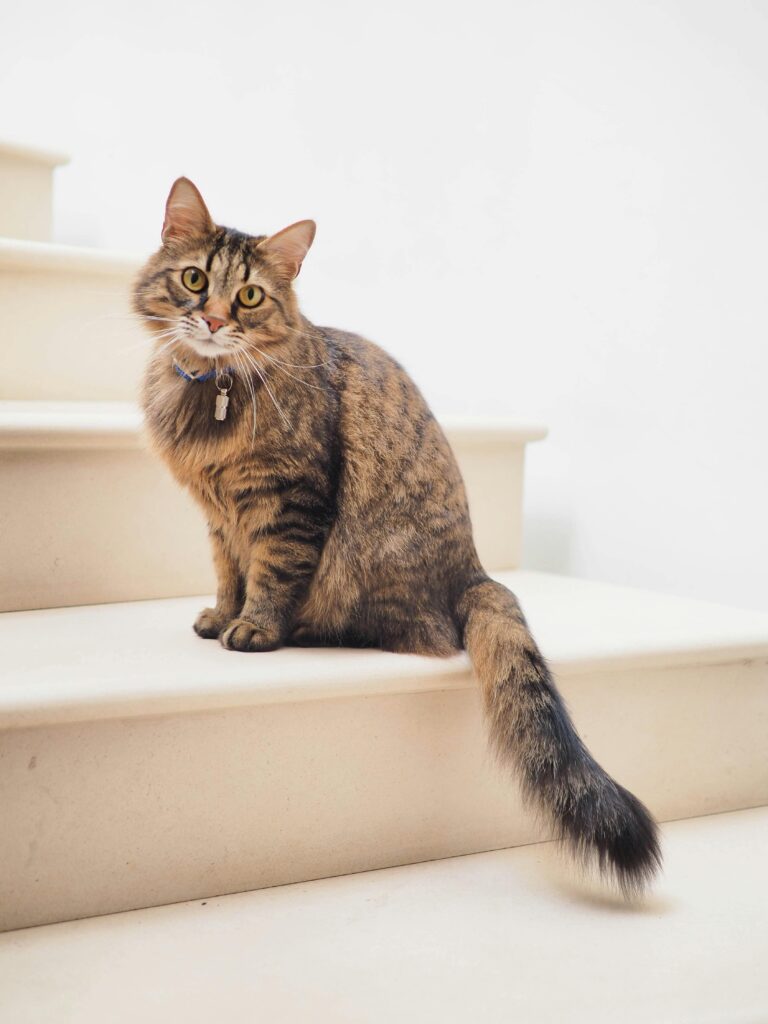
By appreciating the genetic factors that contribute to the tortoiseshell pattern, we gain a deeper appreciation for these enigmatic feline companions. Their unique beauty, spirited personalities, and unwavering loyalty enrich our lives in ways that only a tortoiseshell cat can.
In caring for and cherishing these special cats, we celebrate the diversity of life and the wonders of genetics, reminding us of the magic that exists within the animal kingdom. Let us continue to embrace and admire tortoiseshell cats for the remarkable creatures they are, honoring their place as cherished members of our families and our hearts.
Read More:

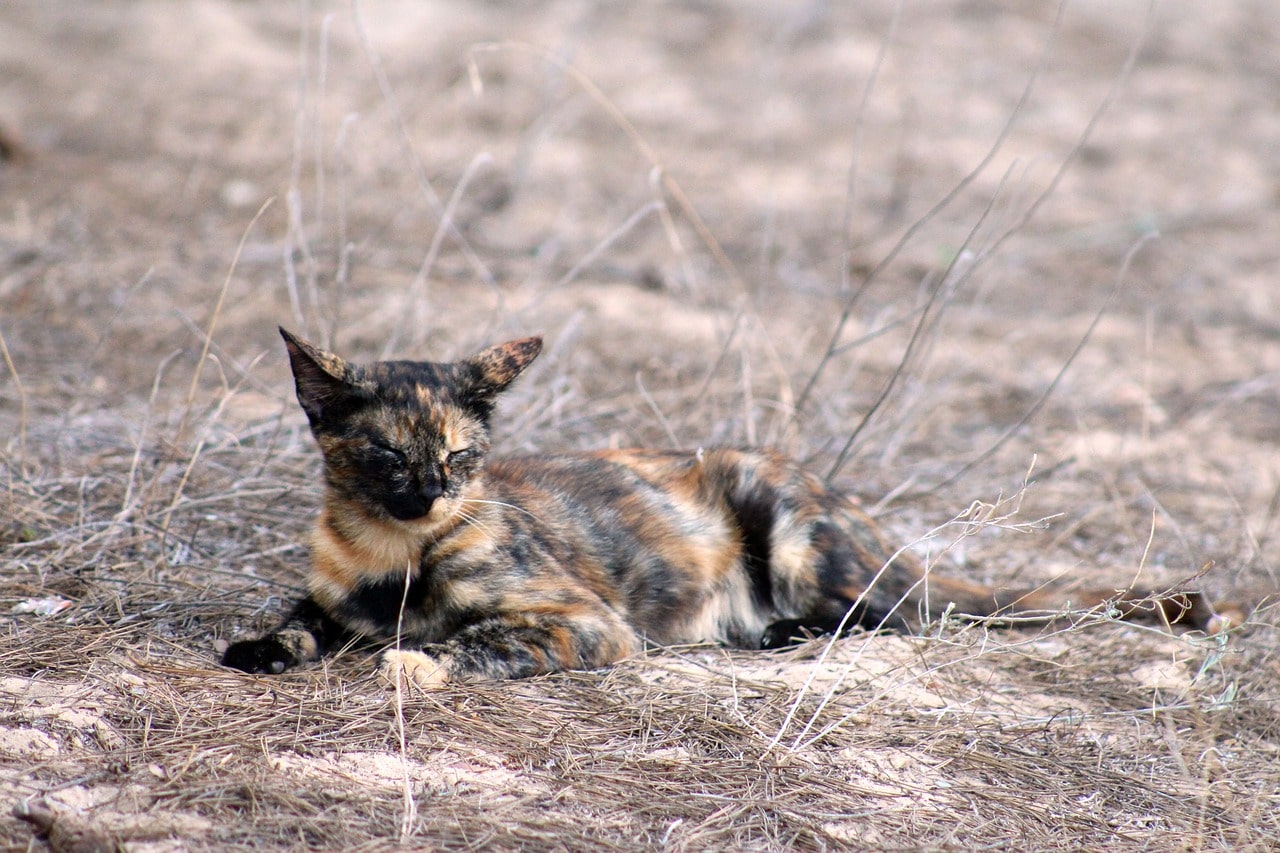
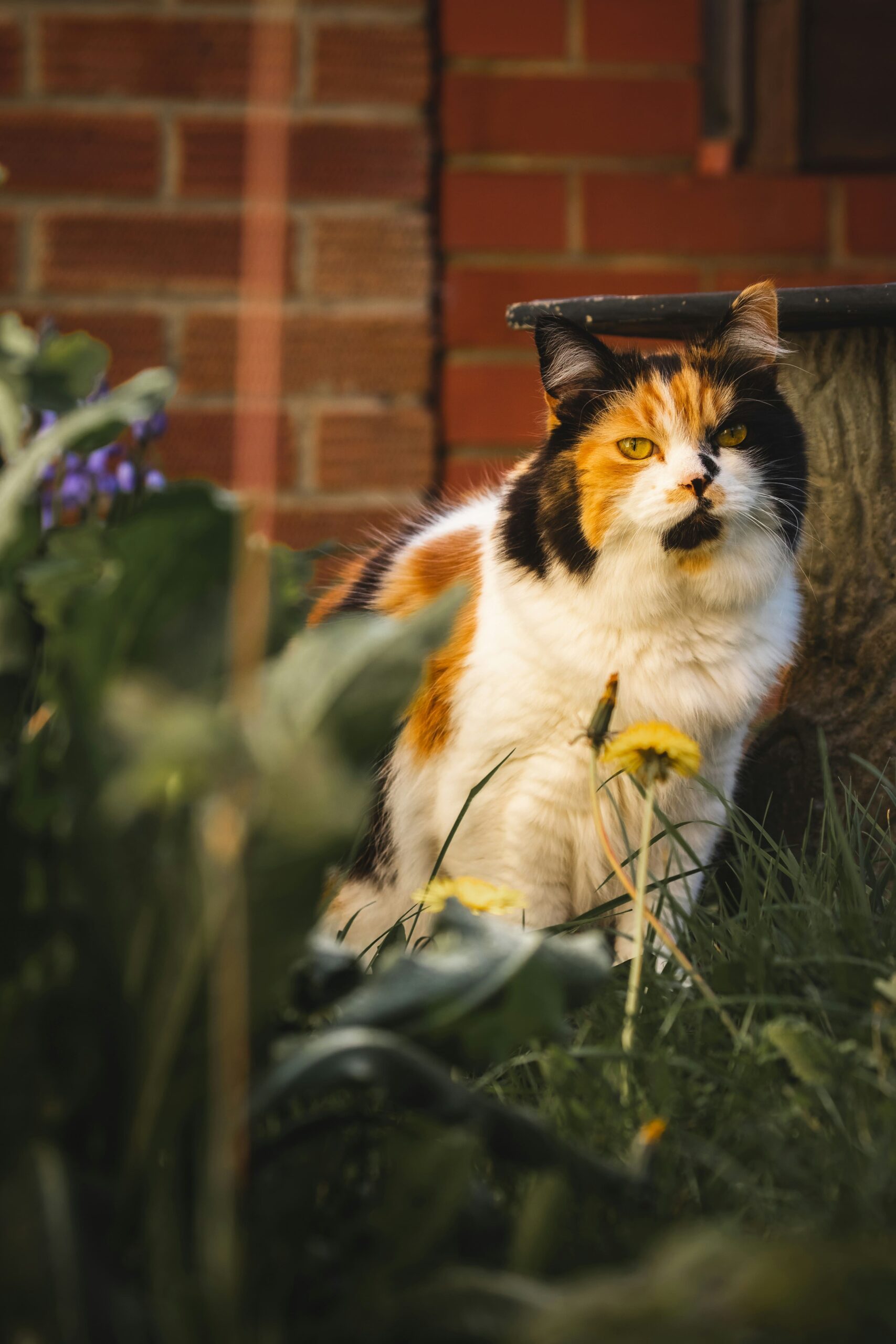
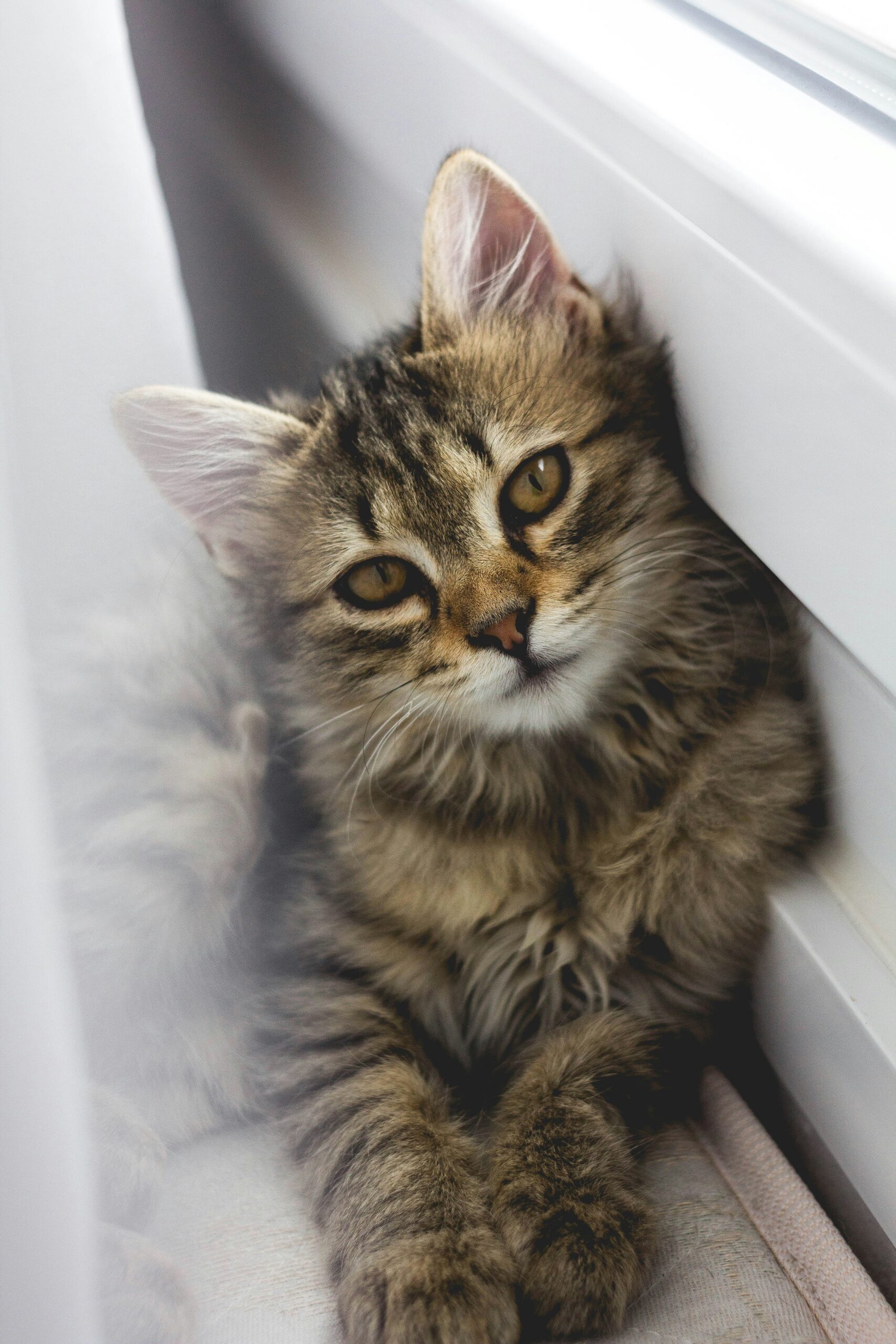
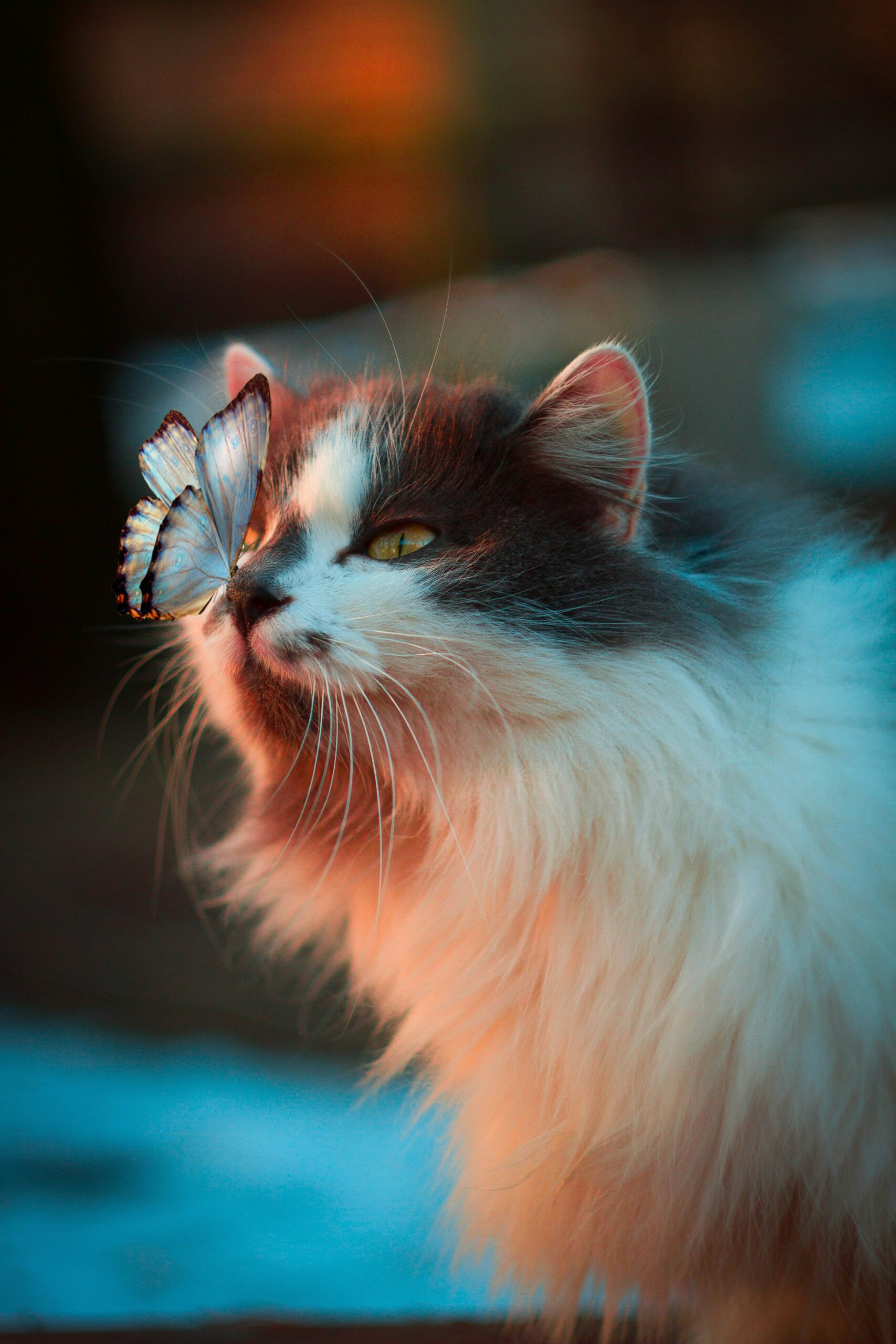
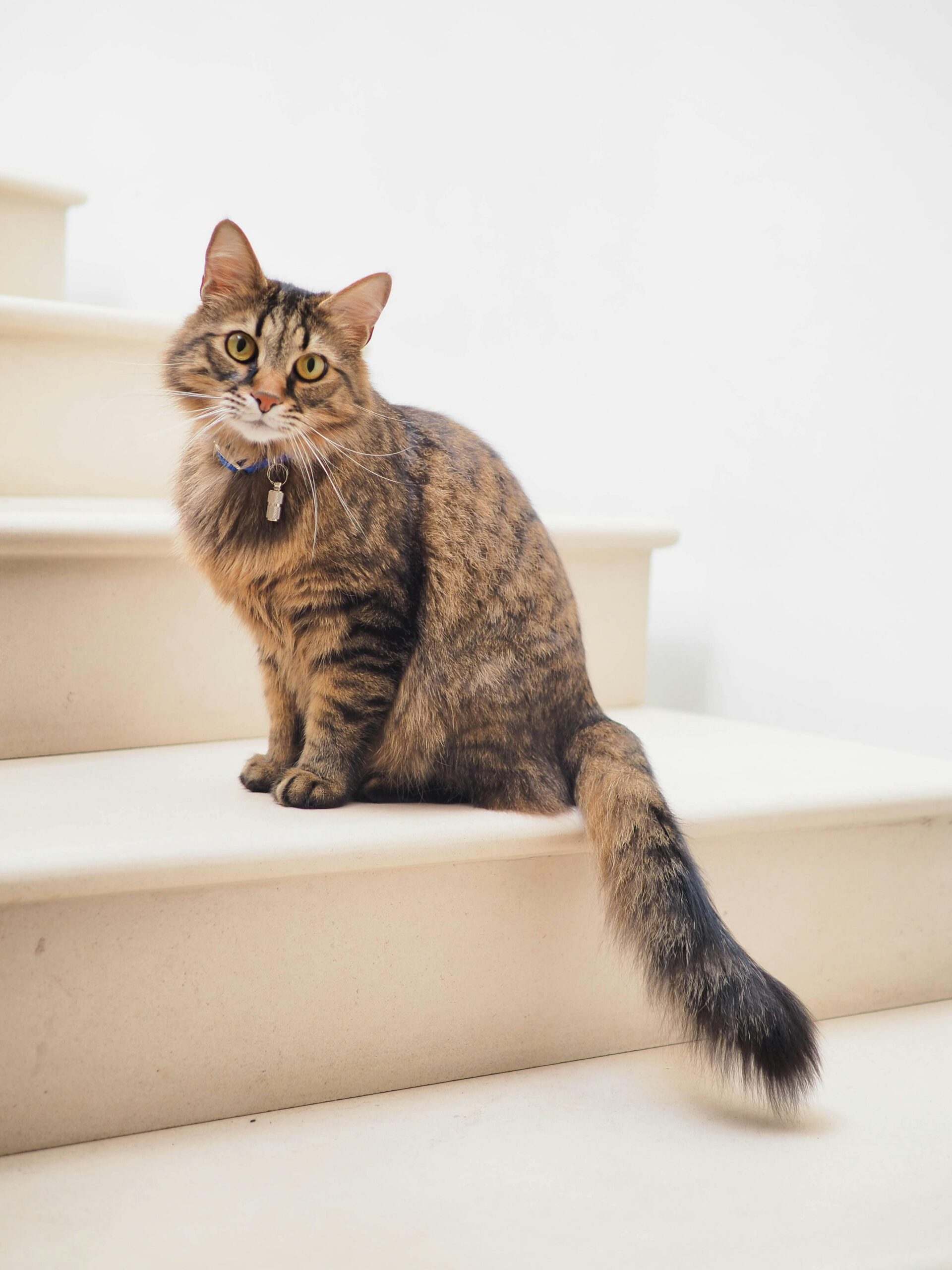


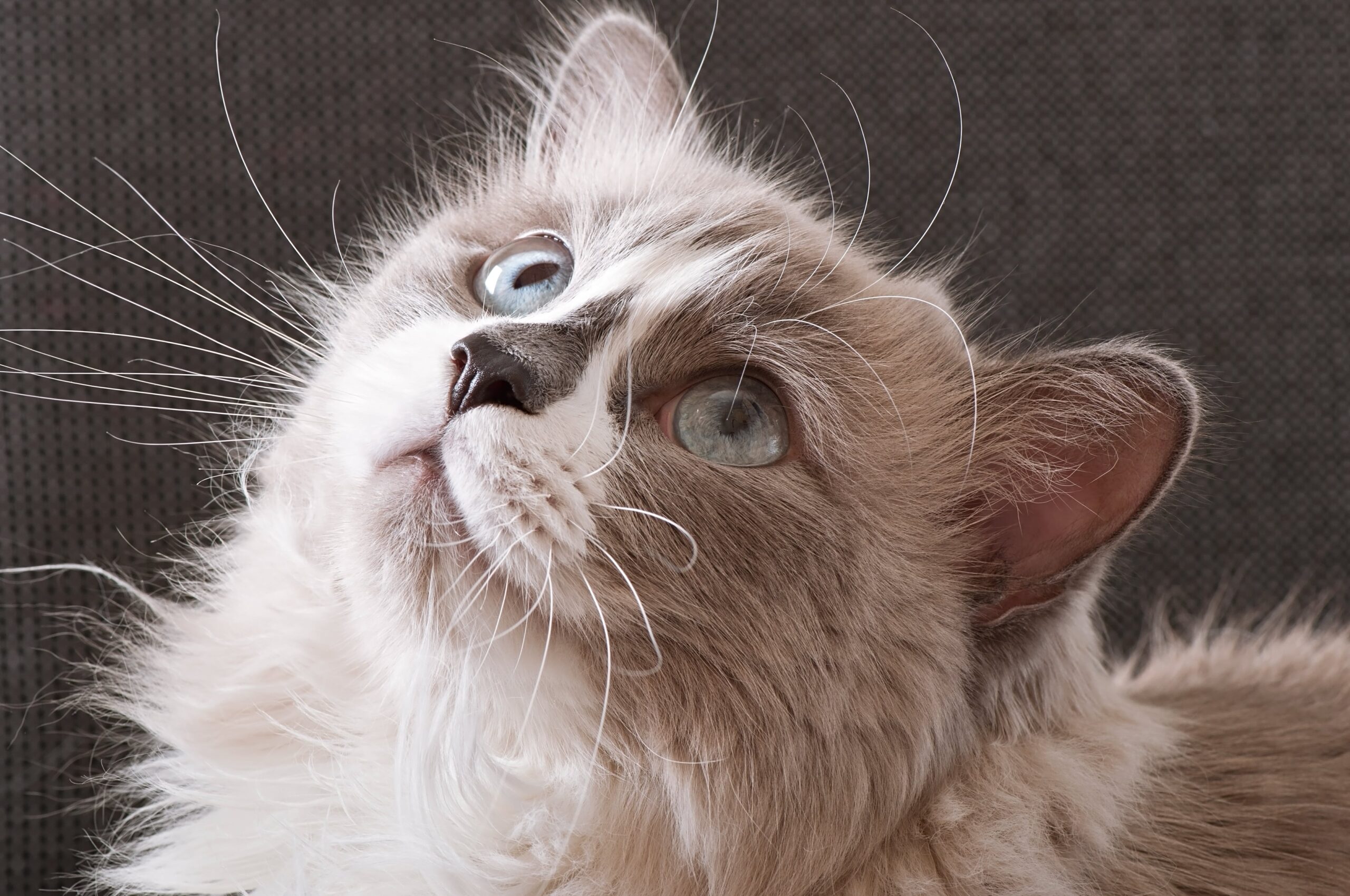
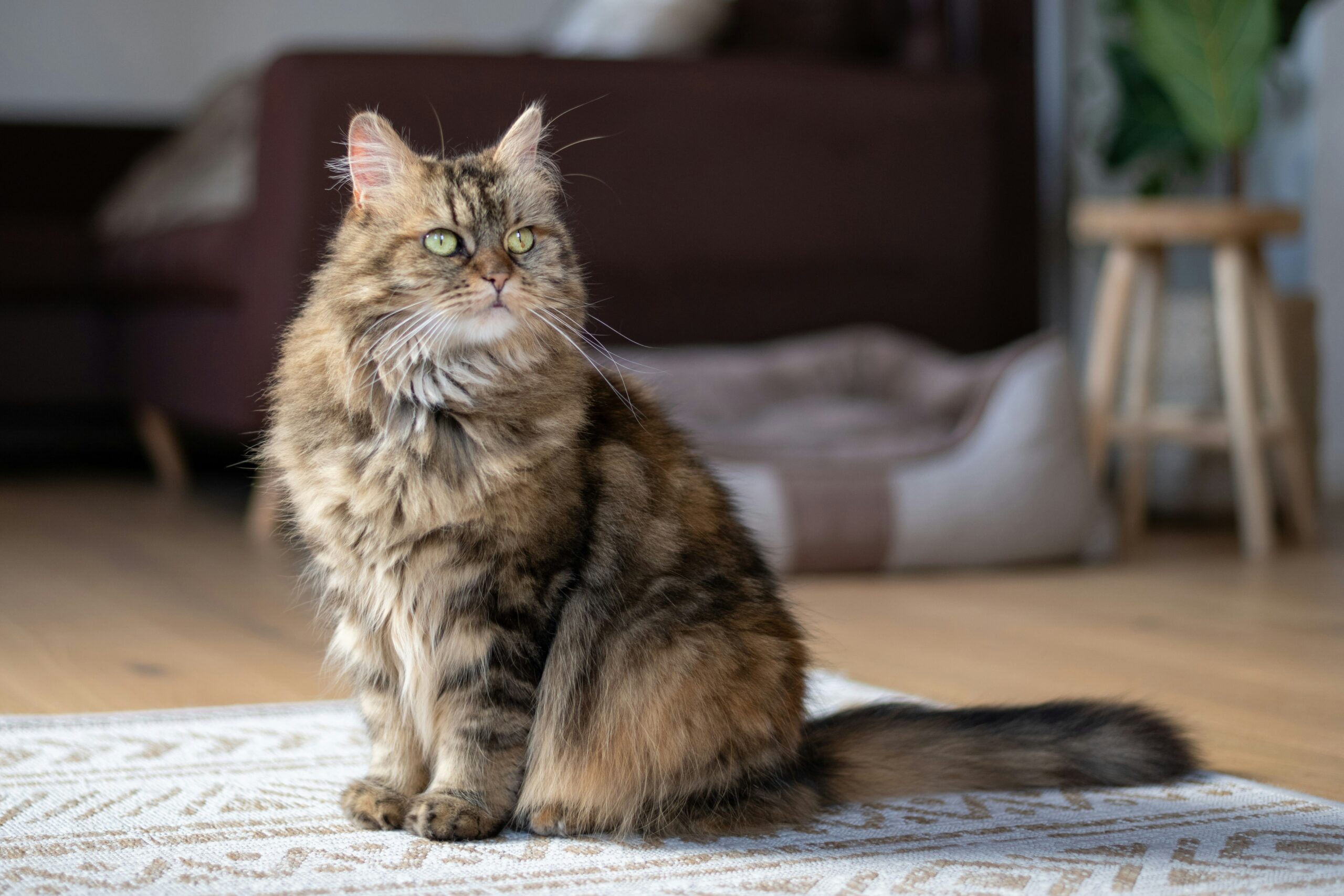
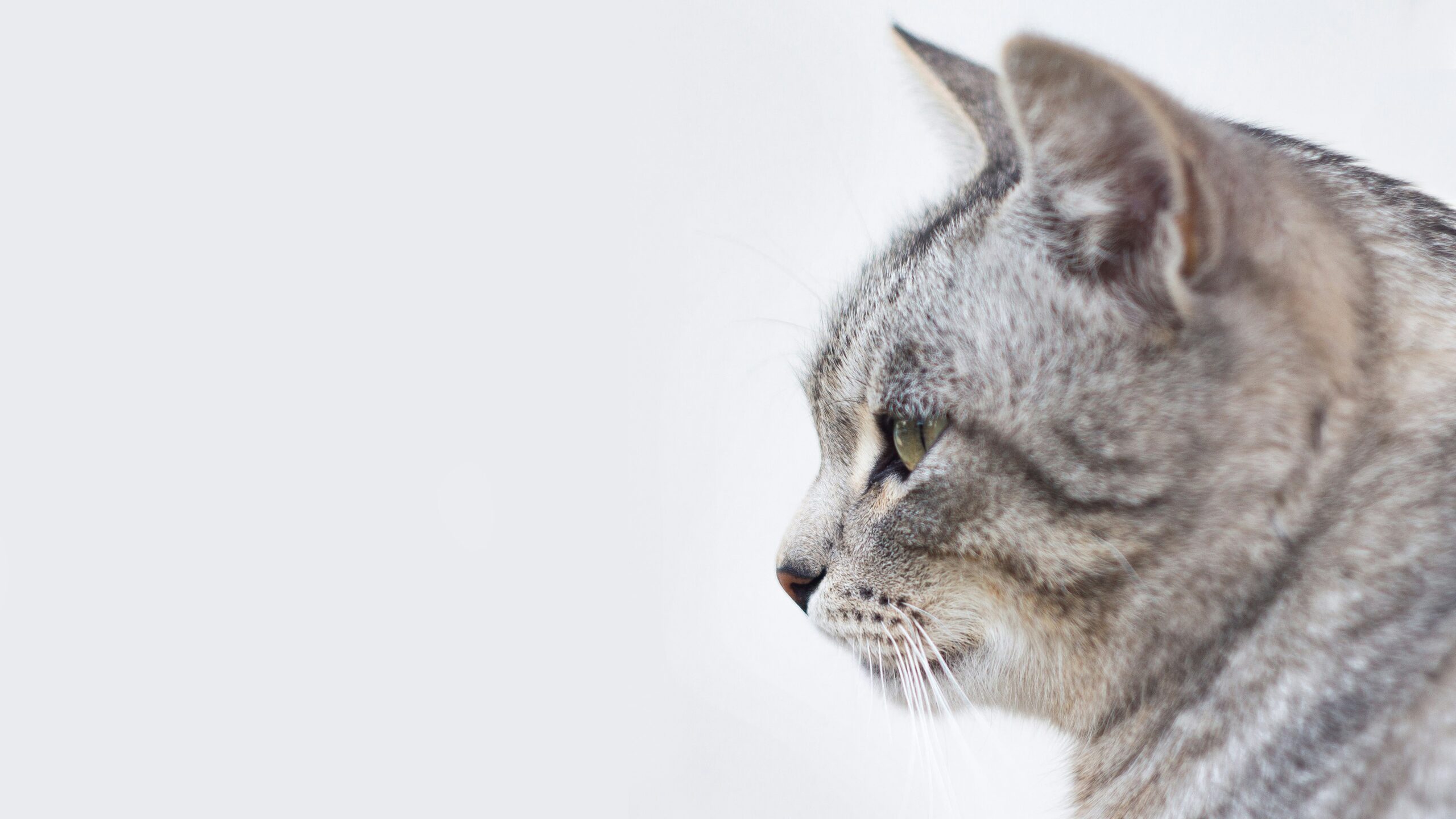
Leave a Reply